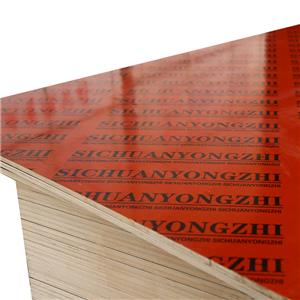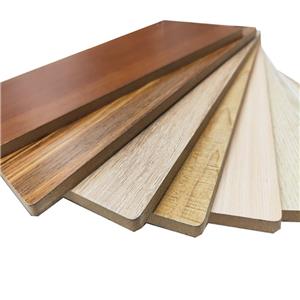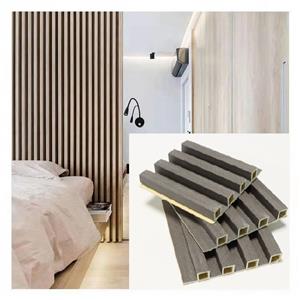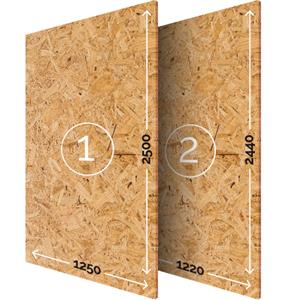MDF Application Case
Background:
In response to the demand for aesthetically pleasing yet affordable furniture, a leading furniture design company embarked on a project to create a versatile and stylish collection. MDF was chosen as the primary material due to its adaptability, cost-effectiveness, and ability to achieve intricate designs.
Design Process:
The design team leveraged MDF's malleability to create intricate patterns and unique shapes that would be challenging with traditional materials. Computer-aided design (CAD) software played a crucial role in translating conceptual designs into precise specifications for manufacturing.
Manufacturing and Construction:
The selected MDF panels underwent a meticulous manufacturing process, where the wood fibers were carefully mixed with resin and wax to ensure uniform density. The resulting panels were cut and shaped with precision using advanced CNC (Computer Numerical Control) machinery. This not only ensured consistency in production but also allowed for the replication of complex patterns across multiple pieces.
Advantages Showcased in the Collection:
Intricate Details: MDF's ability to hold intricate details became a focal point in the furniture collection. Elaborate patterns and textures were seamlessly translated from design to the finished product, showcasing the material's precision.
Cost-Effective Elegance: The affordability of MDF allowed the design company to maintain an elegant aesthetic without compromising on cost. This made the collection accessible to a broader market segment.
Customization Possibilities: MDF's smooth surface and adaptability to various finishes allowed for easy customization. Customers could choose from a range of colors and finishes to suit their personal preferences.
Challenges Overcome:
While MDF offered numerous advantages, the design team had to address the material's susceptibility to moisture. A protective sealant was applied to mitigate this issue, ensuring the furniture's durability and resistance to environmental factors.
Market Reception:
The launch of the MDF-based furniture collection received positive feedback from both consumers and industry experts. The combination of innovative design, cost-effectiveness, and customization options appealed to a diverse customer base.
Sustainability Initiatives:
Recognizing the environmental concerns associated with MDF production, the design company took steps to source MDF from manufacturers committed to sustainable practices. This included the use of recycled wood fibers and environmentally friendly adhesives, aligning with the growing emphasis on eco-conscious design.
Conclusion:
This case study illustrates how Medium Density Fiberboard has played a pivotal role in reshaping modern furniture design. Through its application in this innovative collection, MDF has demonstrated not only its aesthetic potential but also its versatility, affordability, and adaptability to meet the demands of contemporary design while addressing environmental considerations. As industries continue to explore creative uses for MDF, its impact on design and manufacturing is likely to grow, opening up new possibilities for the future of sustainable and stylish products.




